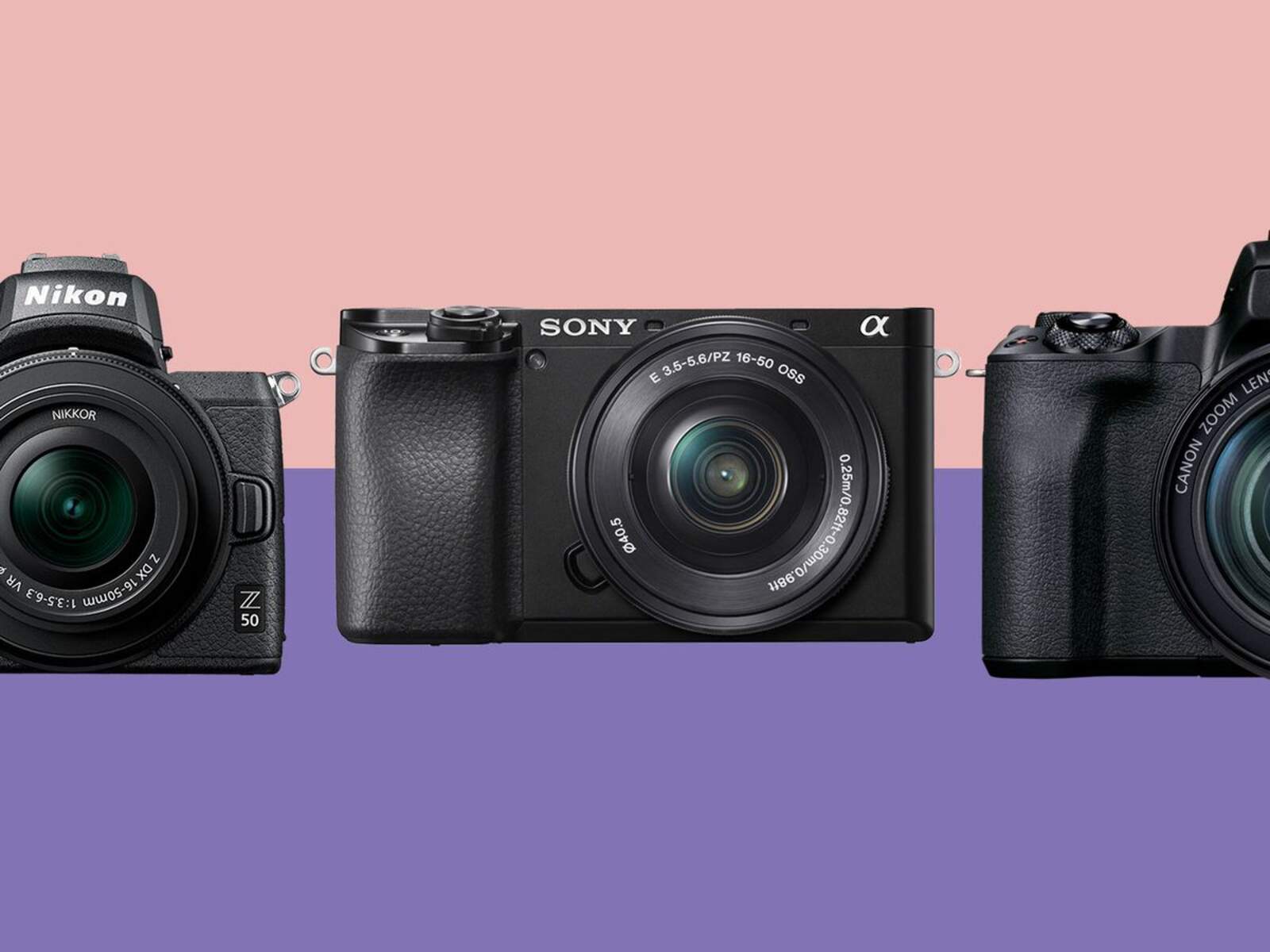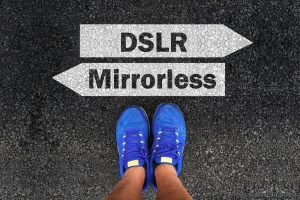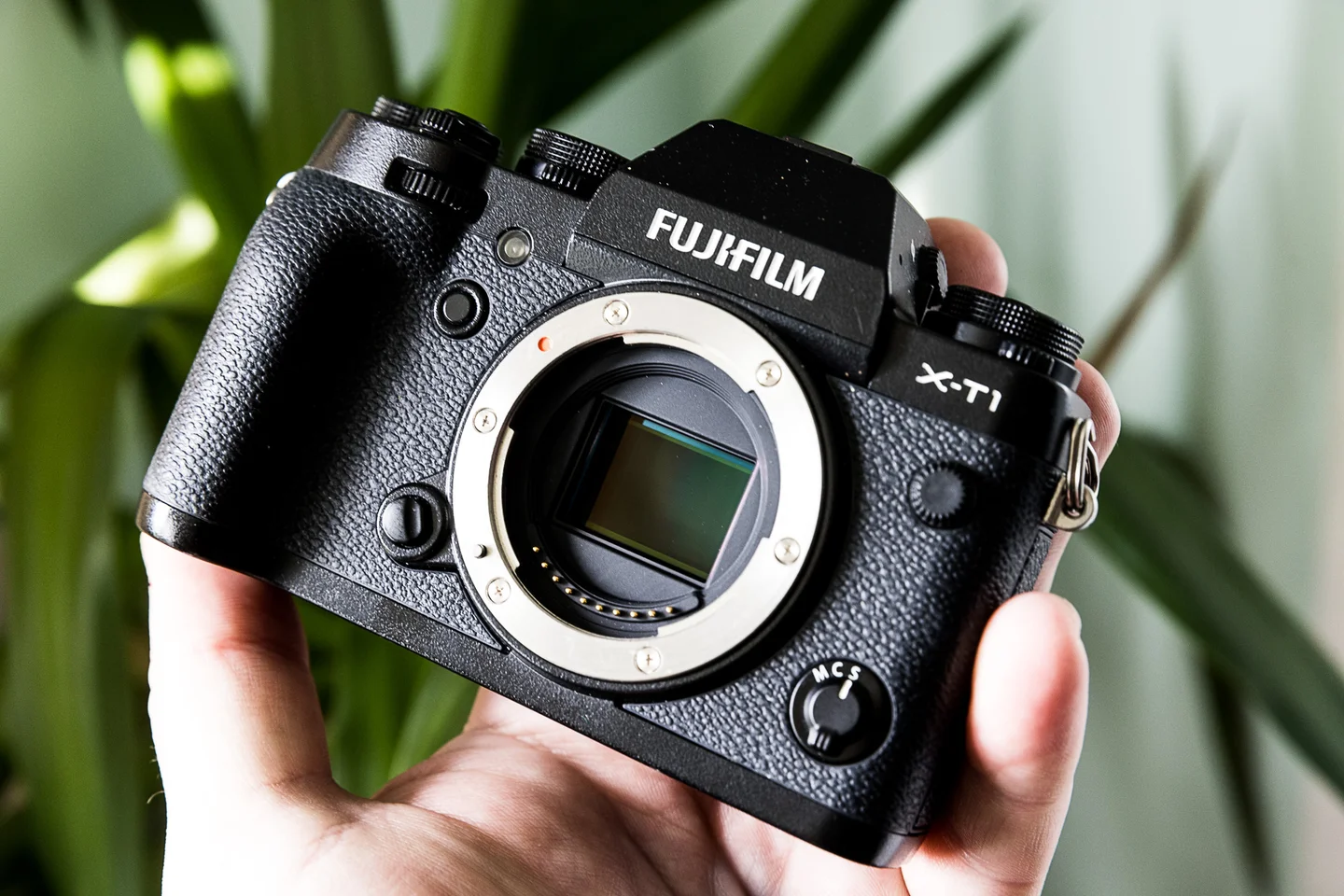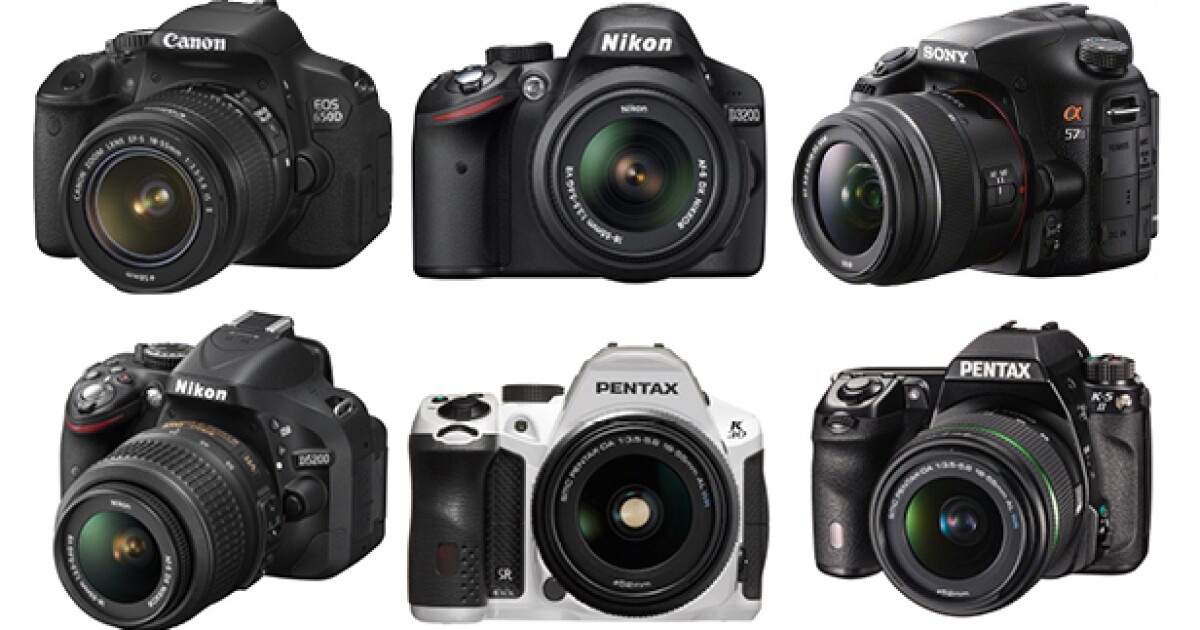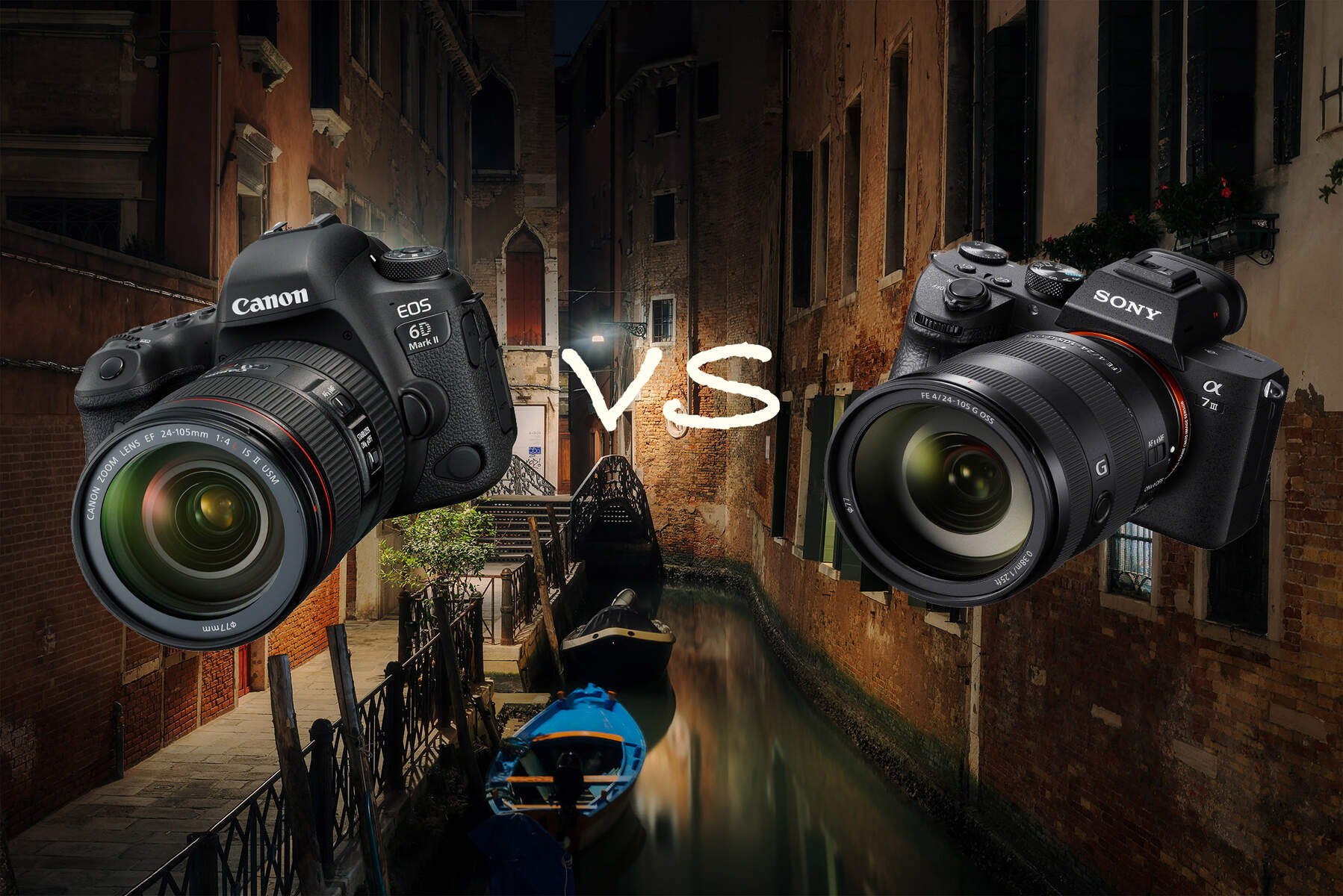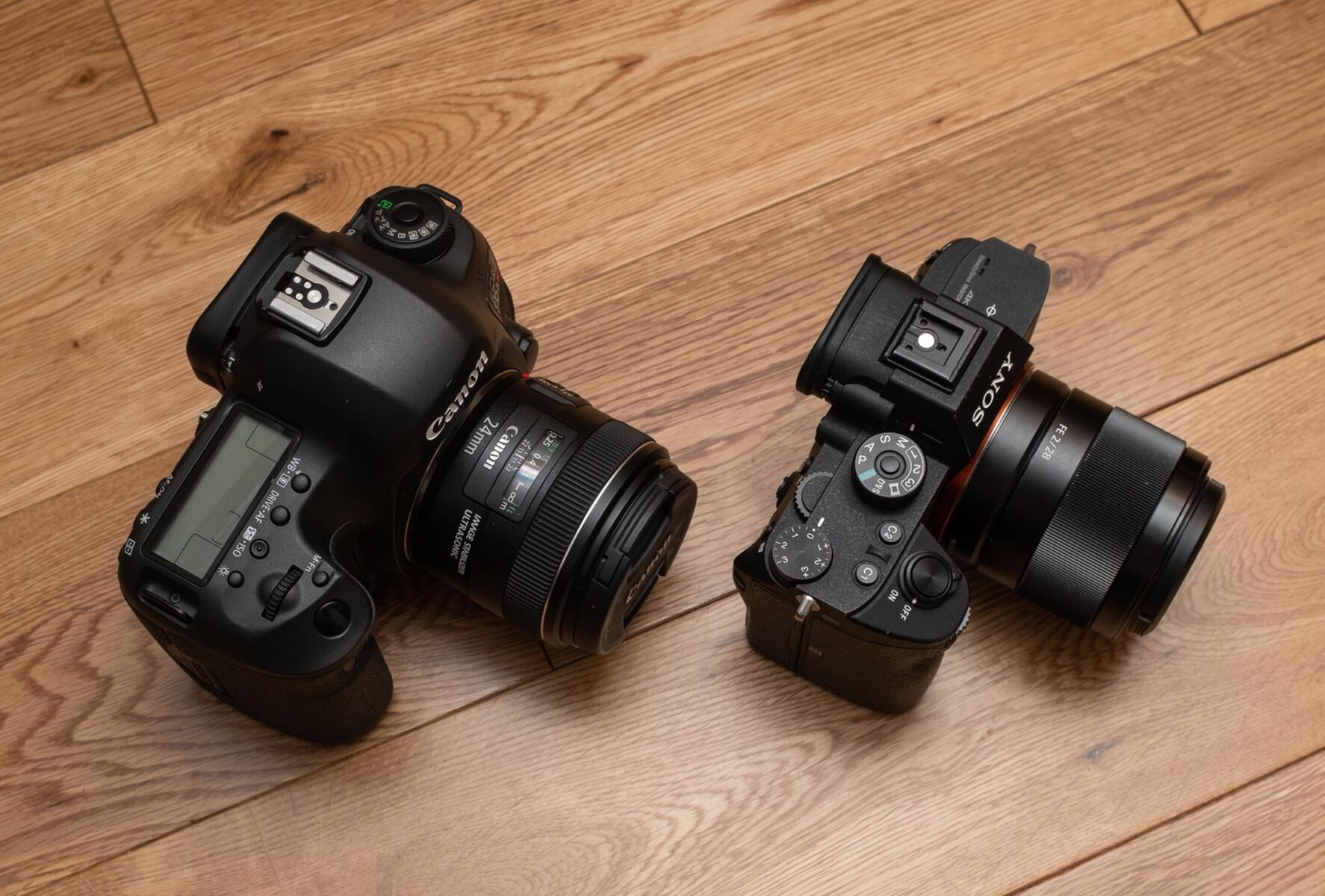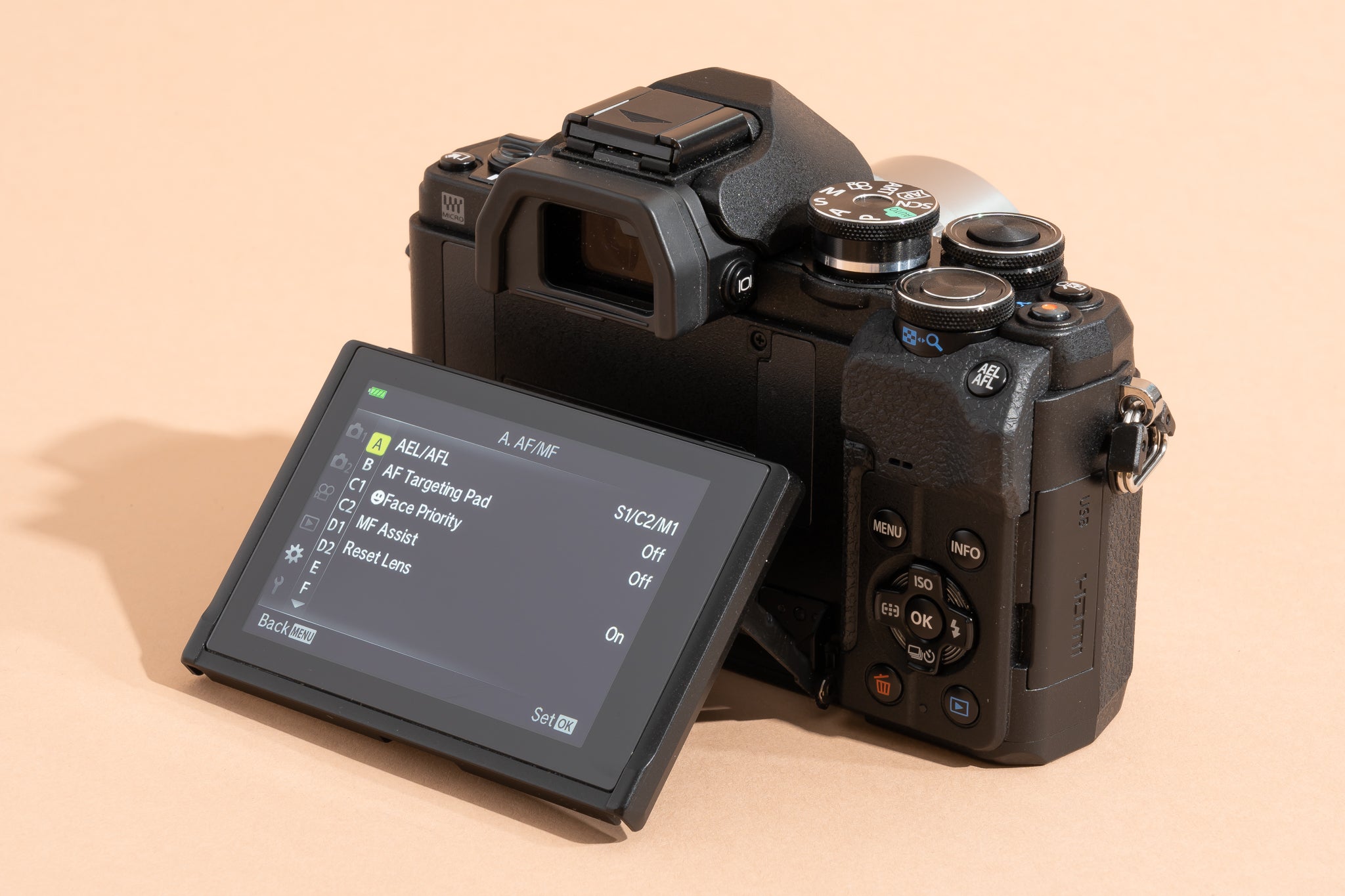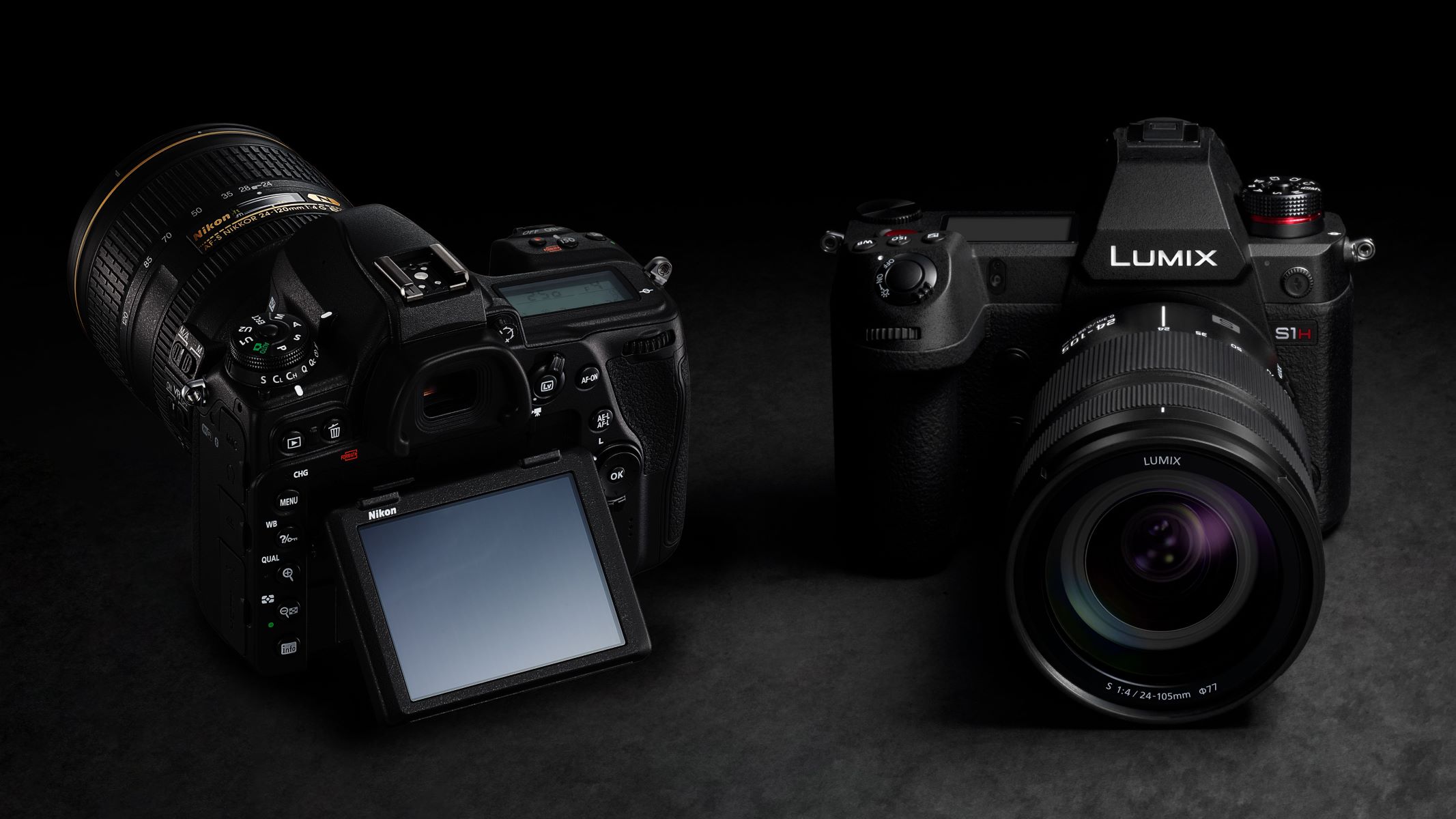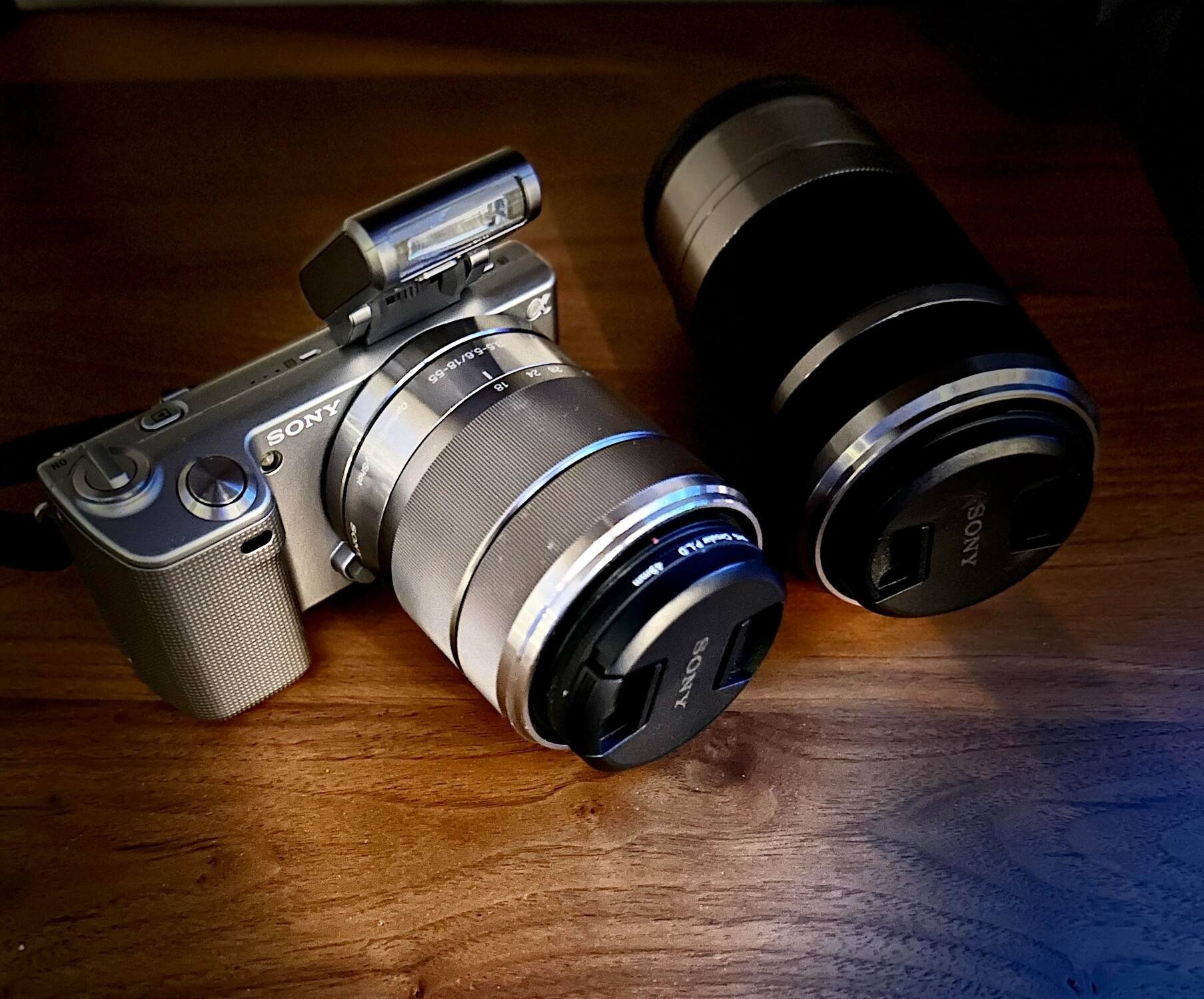Introduction
Introduction
Mirrorless cameras have revolutionized the world of photography with their compact size, advanced features, and exceptional image quality. As more and more photographers, both amateurs and professionals, make the switch from traditional DSLRs to mirrorless cameras, the issue of battery life has become a crucial factor to consider. The ability to capture stunning images without the constant worry of running out of battery power is a top priority for photographers on the go.
The battery life of a mirrorless camera is determined by various factors, including the capacity of the battery, the efficiency of the camera's electronic components, and the power consumption of the features being used. With the rapid advancements in mirrorless camera technology, manufacturers are continuously striving to improve battery performance, offering photographers the freedom to shoot for extended periods without interruption.
Understanding the factors that affect battery life in mirrorless cameras and comparing the battery performance of popular models can help photographers make informed decisions when choosing the best camera for their needs. Additionally, implementing practical tips for maximizing battery life can further enhance the shooting experience and ensure that every photographic opportunity is captured without the constraints of limited power.
In this article, we will delve into the intricacies of battery life in mirrorless cameras, compare the battery performance of popular models, and provide valuable tips for maximizing battery efficiency. Whether you are a travel photographer, a vlogger, or a professional capturing life's precious moments, the information presented here will empower you to make the most of your mirrorless camera while enjoying extended shooting sessions. Let's embark on a journey to discover which mirrorless camera gives the best battery life and how to optimize your shooting experience.
Factors Affecting Battery Life in Mirrorless Cameras
Factors Affecting Battery Life in Mirrorless Cameras
The battery life of a mirrorless camera is influenced by a multitude of factors, each playing a crucial role in determining how long a camera can operate on a single charge. Understanding these factors is essential for photographers seeking to maximize their shooting time and make informed decisions when selecting a mirrorless camera.
-
Battery Capacity: The capacity of the camera's battery is a fundamental determinant of its longevity. Cameras with higher milliampere-hour (mAh) ratings generally offer longer battery life. When comparing mirrorless cameras, it's important to consider the battery capacity as it directly impacts the duration of continuous shooting.
-
Sensor and Processor Efficiency: The efficiency of the camera's sensor and image processor significantly impacts battery consumption. Advanced sensors and processors that optimize power usage contribute to extended battery life. Manufacturers often employ innovative technologies to enhance sensor and processor efficiency, resulting in improved battery performance.
-
Display and Electronic Viewfinder (EVF) Usage: The use of the rear display and electronic viewfinder consumes significant power. Mirrorless cameras with high-resolution displays and bright, responsive EVFs may drain the battery more rapidly, especially when used extensively for composing and reviewing images.
-
Connectivity Features: Wireless connectivity, such as Wi-Fi and Bluetooth, can contribute to battery drain when enabled. Additionally, features like NFC and GPS, if present, may impact battery life. Understanding the power consumption of these connectivity options is essential for photographers who rely on wireless capabilities.
-
Shooting Modes and Features: Different shooting modes and features, such as continuous autofocus, image stabilization, and video recording, can vary in their power requirements. Continuous use of demanding features may reduce battery life, while efficient power management can prolong shooting sessions.
-
Environmental Conditions: Operating the camera in extreme temperatures, whether hot or cold, can affect battery performance. Cold weather diminishes battery capacity, while excessive heat can lead to accelerated battery drain. Being mindful of environmental conditions is crucial for optimizing battery life.
By considering these factors, photographers can gain insight into the battery performance of mirrorless cameras and make informed decisions based on their specific shooting needs and preferences. In the next section, we will compare the battery life of popular mirrorless cameras to identify models that offer exceptional longevity for diverse photographic pursuits.
Comparison of Battery Life in Popular Mirrorless Cameras
When evaluating the battery life of popular mirrorless cameras, it’s essential to consider the specific models that cater to diverse photography styles and shooting scenarios. The following comparison provides insights into the battery performance of renowned mirrorless cameras, empowering photographers to make informed choices based on their individual requirements.
-
Sony Alpha a7 III: Renowned for its versatility and exceptional image quality, the Sony Alpha a7 III features a robust NP-FZ100 battery that offers an impressive CIPA-rated battery life of approximately 610 shots per charge. This remarkable longevity makes it a reliable choice for extended shooting sessions, whether capturing landscapes, portraits, or events.
-
Fujifilm X-T4: Embodying a perfect blend of performance and portability, the Fujifilm X-T4 boasts a NP-W235 battery that delivers approximately 500 shots per charge under CIPA standard conditions. With its advanced features and renowned film simulation modes, this camera ensures reliable battery performance for diverse photographic pursuits.
-
Panasonic Lumix GH5: Recognized for its video prowess and professional-grade capabilities, the Panasonic Lumix GH5 is equipped with a DMW-BLF19 battery, providing an impressive CIPA-rated battery life of around 410 shots per charge. This enduring battery performance makes it an ideal choice for videographers and photographers seeking reliability in demanding shooting environments.
-
Sony Alpha a6600: Designed for enthusiasts and professionals alike, the Sony Alpha a6600 features an NP-FZ100 battery that offers a commendable CIPA-rated battery life of approximately 720 shots per charge. With its advanced autofocus system and 4K video capabilities, this camera ensures prolonged shooting sessions without compromising performance.
-
Olympus OM-D E-M1 Mark III: Embracing a compact and weather-sealed design, the Olympus OM-D E-M1 Mark III incorporates a BLS-50 battery, providing an impressive CIPA-rated battery life of around 420 shots per charge. This enduring performance, coupled with advanced image stabilization and high-speed shooting capabilities, makes it an ideal companion for outdoor and travel photography.
While these figures offer valuable insights into the battery performance of popular mirrorless cameras, it’s important to note that actual battery life may vary based on individual usage, environmental conditions, and the specific features utilized during shooting. By considering the battery life of these renowned models, photographers can align their preferences with a camera that offers reliable longevity for their creative endeavors.
Tips for Maximizing Battery Life
Maximizing the battery life of a mirrorless camera is essential for photographers who seek prolonged shooting sessions without the interruption of frequent battery changes or recharges. By implementing practical tips and efficient power management strategies, photographers can optimize their camera’s battery performance, ensuring reliable operation throughout their creative endeavors.
-
Carry Extra Batteries: Investing in additional camera batteries is a practical approach to extending shooting time, especially during travel or extended photo sessions. Carrying spare batteries ensures uninterrupted shooting and provides peace of mind, particularly when access to charging facilities is limited.
-
Enable Power-Saving Modes: Most mirrorless cameras offer power-saving features that can significantly extend battery life. Activating options such as auto power-off timers, display dimming, and sleep modes when the camera is idle conserves power and maximizes the longevity of each charge.
-
Optimize Display Usage: Minimizing the use of the rear display and electronic viewfinder when not essential conserves battery power. Utilizing the viewfinder only when critical for composition and relying on the rear display sparingly can contribute to prolonged battery life.
-
Disable Unused Connectivity: Deactivating wireless connectivity features, such as Wi-Fi, Bluetooth, and GPS, when not in use prevents unnecessary battery drain. Enabling these features only when required preserves battery power for essential shooting tasks.
-
Manage Shooting Settings: Adjusting shooting settings, such as reducing continuous autofocus usage, lowering burst shooting speeds, and optimizing video recording resolutions, can minimize power consumption. Selecting shooting modes that align with the specific photographic requirements while being mindful of their impact on battery life is crucial.
-
Maintain Optimal Temperature: Operating the camera within recommended temperature ranges preserves battery capacity and performance. Avoiding exposure to extreme heat or cold environments whenever possible ensures consistent and reliable battery life.
By incorporating these practical tips into their photography workflow, photographers can enhance their shooting experience and make the most of their mirrorless camera’s battery life. Whether embarking on a photography expedition, capturing memorable events, or creating compelling visual content, efficient battery management empowers photographers to focus on their craft without the constraint of limited power.
Conclusion
As the demand for mirrorless cameras continues to soar, the quest for exceptional battery life remains a pivotal consideration for photographers across diverse genres. The exploration of factors influencing battery performance, comparison of popular mirrorless cameras, and practical tips for maximizing battery life has shed light on the significance of efficient power management in the realm of photography.
Understanding the interplay of battery capacity, sensor efficiency, display usage, connectivity features, shooting modes, and environmental conditions provides photographers with valuable insights into the intricacies of battery life in mirrorless cameras. By recognizing these factors, photographers can make informed decisions when selecting a camera that aligns with their specific shooting needs, ensuring reliable and enduring battery performance.
The comparison of battery life in renowned mirrorless cameras has unveiled the diverse offerings in terms of CIPA-rated shots per charge, empowering photographers to identify models that resonate with their creative pursuits. Whether capturing stunning landscapes, documenting life’s fleeting moments, or delving into the realm of videography, the battery performance of these cameras plays a pivotal role in facilitating uninterrupted and immersive photographic experiences.
Furthermore, the practical tips for maximizing battery life serve as a guiding compass for photographers seeking to optimize their shooting sessions and extend their creative boundaries. By embracing power-saving modes, managing shooting settings, and maintaining optimal temperature conditions, photographers can harness the full potential of their mirrorless cameras, ensuring consistent and enduring battery performance throughout their photographic endeavors.
In essence, the quest for the mirrorless camera that offers the best battery life is intertwined with the pursuit of seamless, uninterrupted creativity. By navigating the intricacies of battery performance, photographers can embark on their visual storytelling journeys with confidence, knowing that their mirrorless cameras are equipped to endure and empower their artistic vision.







